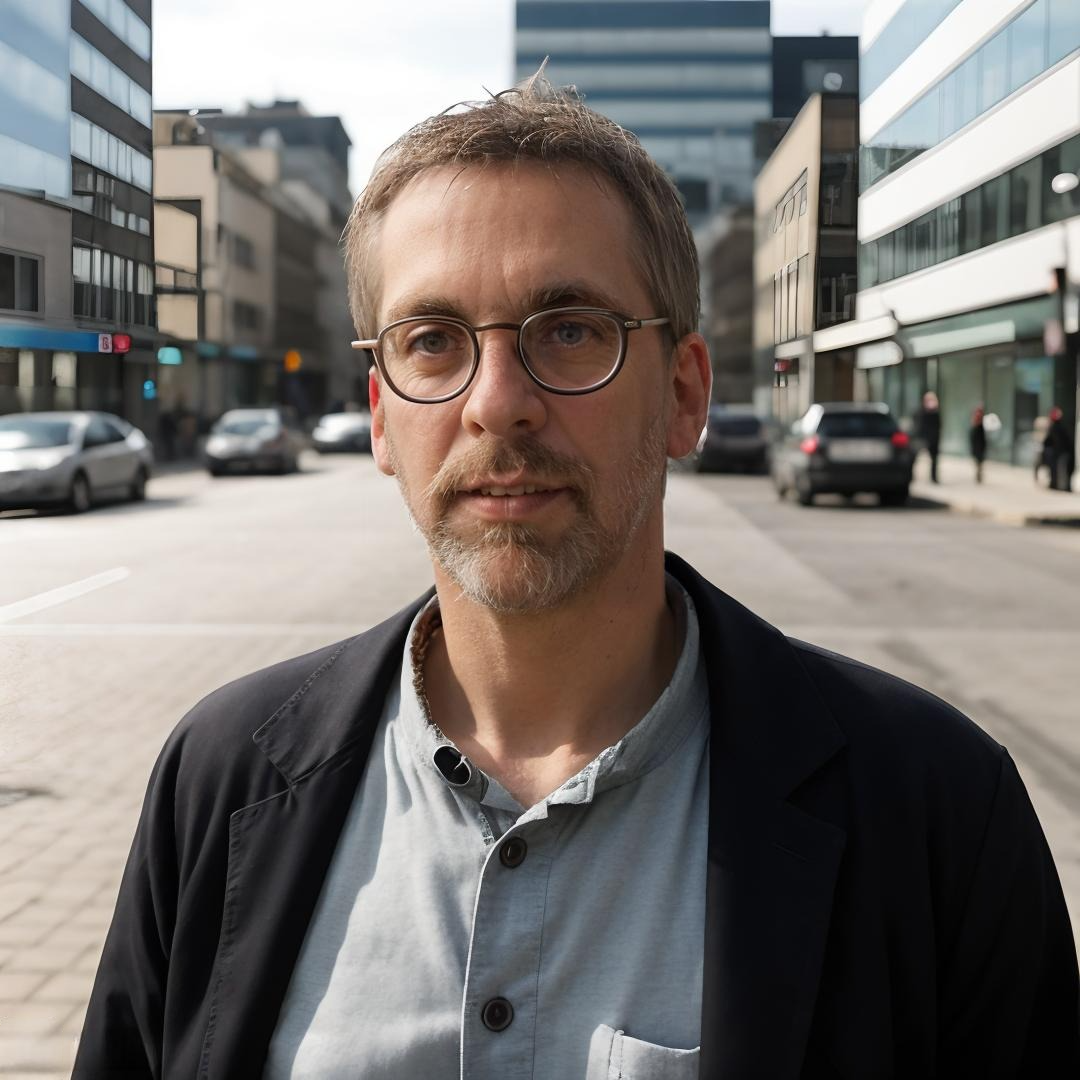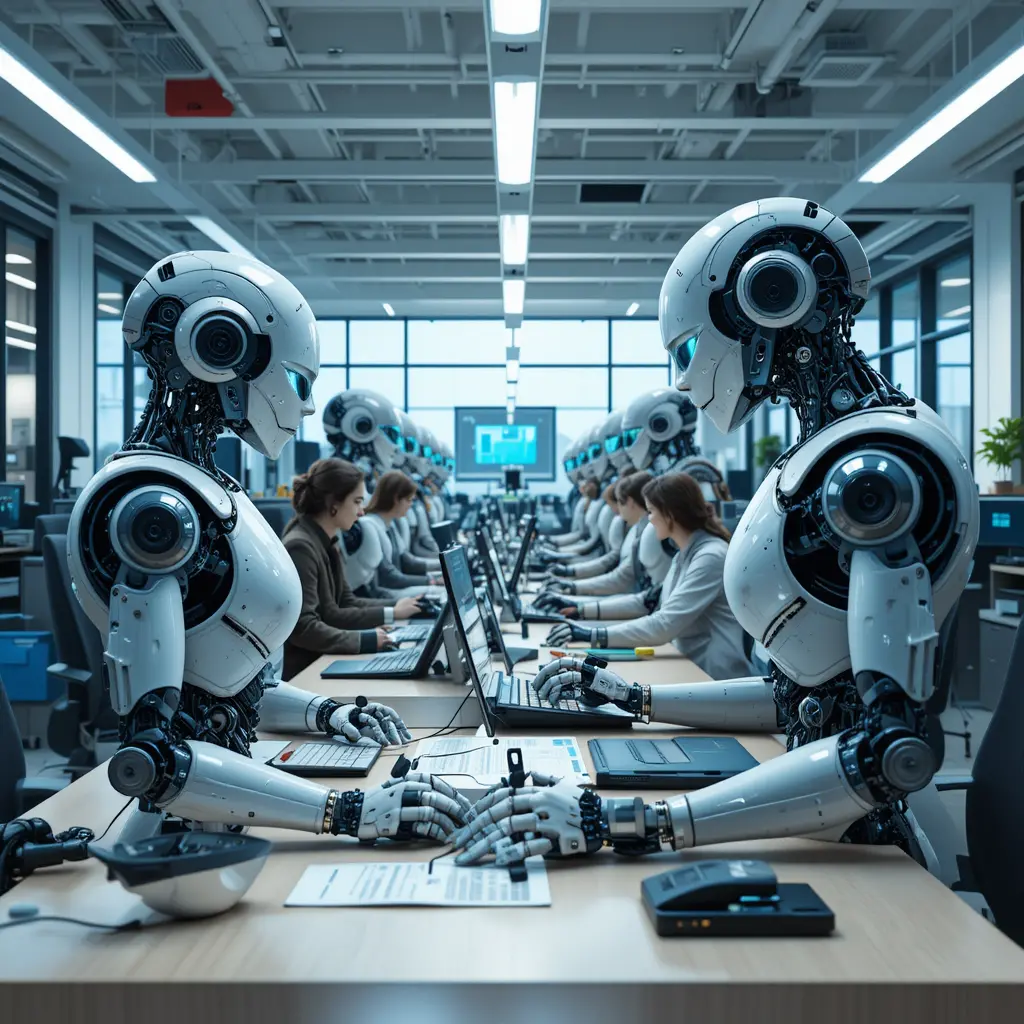Imagine a city where green spaces flourish, transportation is efficient, and resources are used wisely. This vision of sustainable cities is becoming a reality as urban planners rethink traditional approaches. By integrating innovative strategies, cities are transforming to meet the needs of today while preserving resources for future generations. This article explores how sustainable urban planning is reshaping our environments and improving quality of life.
The Importance of Sustainable Urban Planning
Urban areas are growing rapidly, and with this growth comes the need for thoughtful planning. As an urban planner, I often find myself pondering the future of our cities. The concept of sustainable urban planning is not just a trend; it’s a necessity. It ensures that our cities remain livable, efficient, and resilient. But why is it so crucial?
The Role of Sustainable Urban Planning
Sustainable urban planning plays a vital role in shaping the future of our cities. It involves designing cities that can withstand environmental challenges while providing a high quality of life for residents. For instance, incorporating green spaces in urban areas not only improves air quality but also enhances mental well-being. I remember visiting a city park that was once a barren lot. Now, it’s a vibrant community hub, thanks to sustainable planning.
Moreover, sustainable urban planning helps in reducing the carbon footprint of cities. By promoting public transportation and reducing reliance on cars, cities can significantly cut down on emissions. I often advocate for bike lanes and pedestrian-friendly streets in my projects. These initiatives not only reduce pollution but also encourage a healthier lifestyle.
Personal Insights and Experiences
In my experience, engaging with the community is key to successful sustainable urban planning. People know their neighborhoods best, and their input can lead to innovative solutions. I once worked on a project where residents suggested transforming an unused railway into a walking trail. This idea not only preserved the area’s history but also provided a new recreational space.
Ultimately, sustainable urban planning is about creating cities that are adaptable and forward-thinking. It’s about ensuring that future generations inherit a world that is not only functional but also beautiful. As we continue to develop our urban landscapes, we must prioritize sustainability. After all, Sustainable Cities: How Urban Planning Is Shaping the Future is not just a slogan; it’s a commitment to a better tomorrow.
Innovative Strategies for Sustainable Development
In the quest for creating sustainable cities, innovative strategies are essential. As an urban planner, I often find myself pondering the balance between development and sustainability. It’s a challenge, but also an opportunity to reshape our urban landscapes for the better. The concept of “Sustainable Cities: How Urban Planning Is Shaping the Future” is not just a vision; it’s a necessity.
Green Infrastructure and Urban Resilience
One of the most effective strategies is the integration of green infrastructure. This includes parks, green roofs, and urban forests. These elements not only beautify our cities but also improve air quality and reduce urban heat. I remember visiting a city that transformed an old railway into a vibrant green space. It was a testament to how urban planning can breathe new life into neglected areas. Such projects enhance urban resilience, making cities more adaptable to climate change.
Community Engagement and Smart Technology
Another key strategy is engaging communities in the planning process. When residents have a say, they feel more connected to their environment. I once worked on a project where local input led to the creation of a community garden. It became a hub for social interaction and education. Additionally, the use of smart technology in urban planning is revolutionizing how we manage resources. Sensors and data analytics help optimize energy use and reduce waste. In my opinion, these technologies are crucial for the future of sustainable cities.
Challenges in Implementing Sustainable Practices
Implementing sustainable practices in urban planning is a complex task. As an urban planner, I often encounter challenges that require creative solutions. The vision of “Sustainable Cities: How Urban Planning Is Shaping the Future” is inspiring, yet the path is fraught with obstacles.
Financial Constraints
One of the most significant hurdles is financial constraints. Many cities struggle to allocate funds for sustainable projects. For instance, a city might want to invest in green infrastructure but lacks the budget. This often leads to prioritizing short-term fixes over long-term sustainability. In my experience, finding innovative funding solutions, like public-private partnerships, can be a game-changer.
Community Engagement
Another challenge is engaging the community. People are often resistant to change, especially when it affects their daily lives. I recall a project where we proposed a new bike lane. Initially, there was pushback from local businesses worried about parking. However, through open dialogue and demonstrating the benefits, we gained their support. It’s crucial to involve the community early and address their concerns.
Despite these challenges, the journey towards sustainable cities is rewarding. Each obstacle is an opportunity to innovate and improve. As urban planners, we must remain committed to shaping a better future for our cities and their inhabitants.
Case Studies: Successful Sustainable Cities
When we talk about sustainable cities, it’s like imagining a world where urban planning meets the needs of today without compromising the future. As an urban planner, I often find myself inspired by cities that have successfully embraced sustainability. These cities serve as beacons of hope, showing us that change is not only possible but also beneficial.
Freiburg: A Green Pioneer
Freiburg, Germany, stands out as a prime example of a sustainable city. This city has transformed its urban landscape by prioritizing renewable energy and green spaces. Walking through Freiburg, you can feel the commitment to sustainability in the air. The city has invested heavily in solar energy, making it a leader in renewable energy usage. As I strolled through its streets, I noticed how the integration of bike lanes and pedestrian zones encourages a healthier lifestyle. Freiburg’s approach to urban planning is a testament to how cities can shape the future by focusing on sustainability.
Curitiba: Innovation in Urban Planning
Curitiba, Brazil, offers another fascinating case study. Known for its innovative public transportation system, Curitiba has redefined urban mobility. The city implemented a bus rapid transit system that efficiently connects its residents. This system not only reduces traffic congestion but also lowers carbon emissions. During my visit, I was impressed by how the city planners prioritized accessibility and efficiency. Curitiba’s success story highlights the importance of innovative solutions in creating sustainable cities. In my opinion, other cities can learn a lot from Curitiba’s forward-thinking approach.
These case studies illustrate how urban planning is shaping the future of sustainable cities. By learning from these examples, we can envision a world where cities thrive in harmony with the environment. As we continue to explore sustainable solutions, it’s crucial to remember that every small step counts. Sustainable Cities: How Urban Planning Is Shaping the Future is not just a concept; it’s a movement that we can all be a part of.
Conclusion
As we reflect on the journey of creating sustainable cities, it becomes clear that urban planning is not just a technical task but a deeply human endeavor. The transformation of our urban landscapes is akin to nurturing a garden, where each decision impacts the growth and health of the community.
The Human Element in Urban Planning
In my experience as an urban planner, I’ve seen firsthand how the integration of green spaces can breathe life into a city. I recall a project where a neglected park was revitalized, turning it into a vibrant community hub. This change not only improved the environment but also fostered a sense of belonging among residents. Such examples highlight the importance of considering the human element in urban planning.
Creating sustainable cities involves more than just infrastructure. It requires understanding the needs and aspirations of the people who live there. When we design with empathy, we shape cities that are not only functional but also nurturing. This approach ensures that urban spaces remain resilient and adaptable to future challenges.
Looking Ahead
As we move forward, the role of urban planning in shaping the future becomes even more crucial. The concept of Sustainable Cities: How Urban Planning Is Shaping the Future is not just a vision but a necessity. By prioritizing sustainability, we can create urban environments that support both people and the planet.
In conclusion, the journey towards sustainable cities is ongoing. It requires collaboration, innovation, and a commitment to making choices that benefit future generations. As urban planners, we have the privilege and responsibility to guide this transformation, ensuring that our cities remain vibrant and sustainable for years to come.






